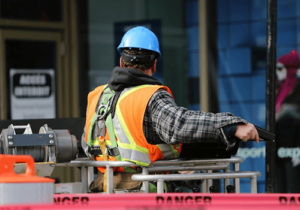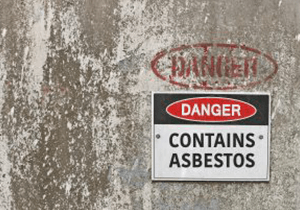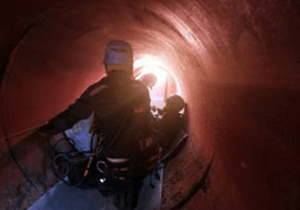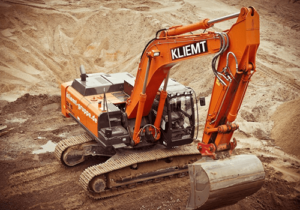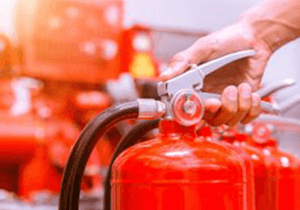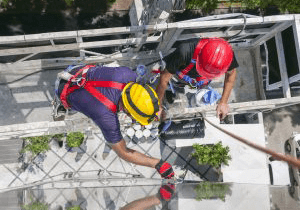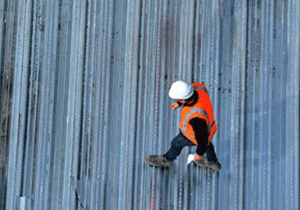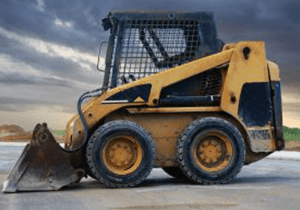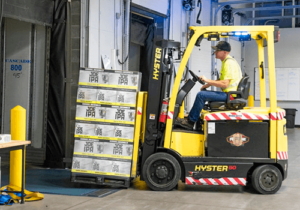Workplace Training Courses in Ottawa
Training courses offered at Safeline Group of Companies are designed to present individuals with valuable workplace information and material in such a way that the participants will not only receive the required instruction, but can then utilize this training and effectively implement it into the workplace to eliminate or reduce hazards.
Our approach is to use real life examples. Hands on demonstrations, visual aids, best practices and procedures, trade and task specific information, requirements, knowledge, and the Governing Legislations that are applicable. Our aim is to provide the worker with vital insight for awareness and accident prevention in the workplace by offering education that exceeds standards.
Looking for training in Greater Toronto Area? Click here.
Training Equipment
Equipment used for the hands-on component of the Safeline Group of Companies training programs must meet the following standards:
- CSA Approved
- Manufacturer Specifications
- TSSA Approval
- Occupational Health and Safety Act
- Application Regulation Requirements (industrial, construction, and other)
- Any other legislative requirements.
Most of the equipment for hands-on components are available (at no cost) and used for training courses such as Working at Heights, Propane in Construction, and Traffic Control – see course descriptions. Some equipment may be supplied at a cost by Safeline or must be provided by the employer, such courses include Powered Elevated Work Platform (PEWP), Forklift/Lift-Truck, Suspended Access Equipment, Scaffold Awareness, etc.
The following courses are designed to provide workers and employers with awareness. Information regarding the related Occupational Health and Safety Act requirements, pertinent regulations requirements, Trade/Job/Task specific requirements, identifying the hazards and controls, risk management and any other responsibilities which relate to the work being performed.
These courses provide information and awareness by employing one or more of the following methods:
- Written documentation, hand outs, print outs, diagrams, pictures, etc,
- Slideshow presentations
- Video presentations
- Information retention evaluations (Tests)
- Review and use of related government documentation (OHSA, regulations, green book, etc.)
- Industry statistics, articles, and other such productions.
Awareness/information courses include:
The following courses are designed to provide workers and employers with awareness/information regarding the related Occupational health and Safety Act requirements, pertinent regulations requirements, and trade/job/task specific requirements, identifying the hazards and controls, risk management and any other responsibilities which relate to the work being performed.
These courses provide information and awareness by one or more of the following methods:
- Written documentation, hand outs, print outs, diagrams, pictures, etc,
- Slideshow presentations
- Video presentations
- Information retention evaluations (Tests)
- Review and use of related government documentation (OHSA, regulations, green book, etc.)
- Industry statistics, articles, and other such productions.
In addition to the above noted, ALL participants are required to participate/demonstrate a hands-on element ensuring practical understanding of the information presented, for courses regarding equipment operation the same applies and training will be conducted on site with the equipment in question and operational controls instruction included.
Hands-On courses include:
Contact Us
Ready to enhance your skills and improve workplace safety? Contact Safeline Group of Companies today to discuss your training needs in Ottawa. We are committed to helping you create a safer and more productive work environment.

